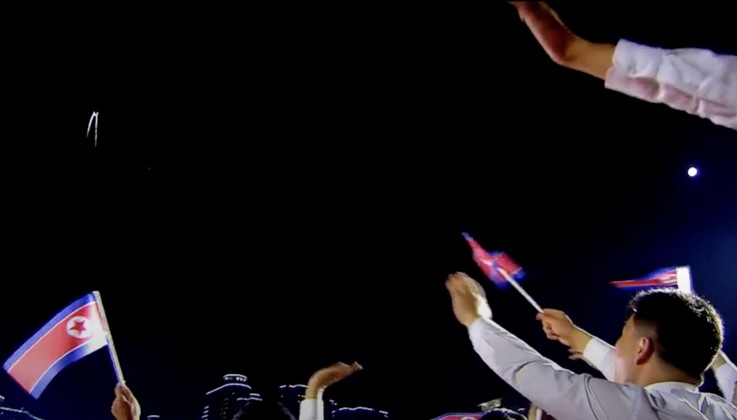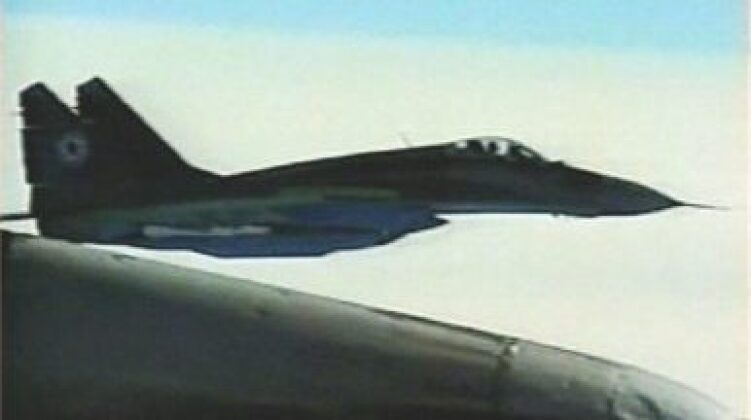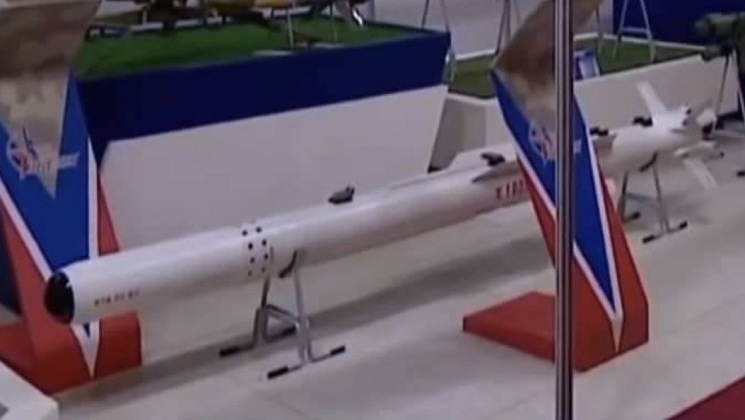News
Russian Appears to Want North Korean Weapons: Could It Barter New MiG-29 Fighters in Exchange?
Following a visit by Russian Defence Minister Sergei Shoigu to North Korea in late July to attend celebrations marking the 70th anniversary of the Korean War’s conclusion, speculation has risen that Russian could seek to import a range of armaments from its East Asian neighbour. Reports of Russian forces receiving North Korean artillery rounds and other munitions have emerged from multiple Western sources since mid-2022, including from the White House in November, with the East Asian state having one of the largest and most diverse defence sectors in the world and often producing equipment either with superior specifications to its Russian counterparts or without equivalents in Russia itself. The massive stockpiles and production capacity North Korea retains for assets such as artillery rounds, rockets and ballistic missiles makes its defence sector a potentially highly valuable supplement to the expanded output of Russia’s own, with equipment from the two countries remaining highly compatible and used together by several foreign operators.

While North Korea’s defence sector is largely self sufficient, there remains a significant possibility that Russia could pay for arms imports by bartering equipment from categories which its neighbour does not produce. This would hardly be without precedent, with Russian imports of a range of drones from Iran in 2022 for use in Ukraine widely reported to have been paid for with exports of Su-35S heavyweight fighters. In North Korea’s case the United Nations Security Council’s arms embargo on the country means arms exports would need to be from categories which it could be claimed the country could be producing itself, have dual civilian uses, or else closely resemble assets that it already fields. Thus while Russia could not supply Su-35 fighters to North Korea unless a breakdown in the current UN system made it more willing to openly violate Security Council resolutions, it could potentially provide MiG-23ML/MLD and MiG-29 fighters which Pyongyang already fields.

North Korea received somewhere between 14 and 28 MiG-29s from the USSR before being permitted from 1987 to license produce the aircraft, opening a small production line in North Pyongan province. The first of the North Korean-built MiG-29 flew on April 15, 1993, with Russian assessments indicating that they were of a comparable quality to those produced in the USSR. It remains uncertain how long indigenous production continued, but it is thought to have ended some time in the 2000s after supplies of Russian fighter kits ceased. While the advanced MiG-29M with is conspicuously different from Soviet models likely could not be supplied, Russia retains dozens of Soviet MiG-29 airframes in reserve many of them barely used or not at all and some of them not yet assembled from their kits. These airframes could be modernised to a standard similar to the MiG-29SMT with ‘4+ generation’ avionics including phased array radars, which would represent a major leap in capabilities for North Korean aviation, all while maintaining a near identical appearance to the MiG-29s delivered by the Soviet Union. Russia could also deliver MiG-23ML/MLD airframes stored in reserve to North Korea, with a smaller possibility remaining that these could also be modernised.

New MiG-23ML/MLD and MiG-29 units would allow North Korea to phase older second generation fighters such as early production MiG-21s and MiG-19s and Chinese J-6s out of frontline service. While it remains uncertain whether the country would be willing to invest in acquiring modern higher end fighter aircraft, with investments focused on assets such as rocket artillery, ground based air defences and increasingly advanced cruise and ballistic missile systems, acquiring new fighters as part of barter deals for arms exports provides a valuable opportunity to modernise the fleet at a low cost. Such acquisitions could also lead to savings for the Korean People’s Army Air Force, as newer airframes will require less maintenance per hour in the air. Russia has a strong incentive to provide the assets at highly attractive prices, and potentially even to provide some aircraft free of charge, with the country having offered free MiG-29s as aid to a number of countries such as Serbia and Syria in the past. A stronger North Korean air defence capability remains increasingly in Russia’s interests to ensure that the balance of power surrounding the Russian Far East is less favourable to the interests of the Western Bloc and its regional partners, with rising tensions in both Europe and Northeast Asia making the possibility of a major war appear increasingly likely.

The MiG-23ML/MLD was a highly modernised and redesigned model of the USSR’s prime third generation fighter, with a radar considered by Western sources to be more powerful than those on early F-16 variants with new wings, materials, sensors, and weaponry being among its most notable changes. The fighter had impressed Israeli operators who acquired a single airframe through a Syrian defection, with its climb rate in particular allowing it after taking off alongside American made F-15 and F-16 to leave them far behind during testing in Israel. The class proved very potent during the South African Border War when flown by the Cuban Air Force against South African Mirage F1s. The primary issue with the MiG-23, however, was that particularly from the 1980s it was not seen as cost effective compared to the more advanced MiG-29, which proved highly capable both in combat over Kuwait in 1991 and in testing. A leading shortcoming of both aircraft particularly for basic Soviet era variants is their low endurances preventing them from operating far from their airfields as fighters like the Su-35 can, which has been a key reason why Russia has phased MiG-29s out of frontline service. For North Korea, however, which is not expected to operate significantly beyond its relatively small airspace, these aircraft are optimally suited to air defence duties behind its screen of ground based air defence assets.
The development of what appear to be highly sophisticated new air to air missile classes in North Korea provides an opportunity to significantly enhance any fighters that are delivered, with Russia itself being unlikely to export advanced post-Cold War missile classes to the country with any new fighters. This could allow North Korea to field combat jets which are meaningfully more capable than any it currently has in service. The fact that neither the MiG-29 nor the MiG-23 were designed to deliver nuclear strikes may make the fallout for Russia significantly smaller should its arms transfers be discovered, since UN Security Council embargoes were all imposed as means of curtailing the East Asian state’s nuclear weapons programs.












